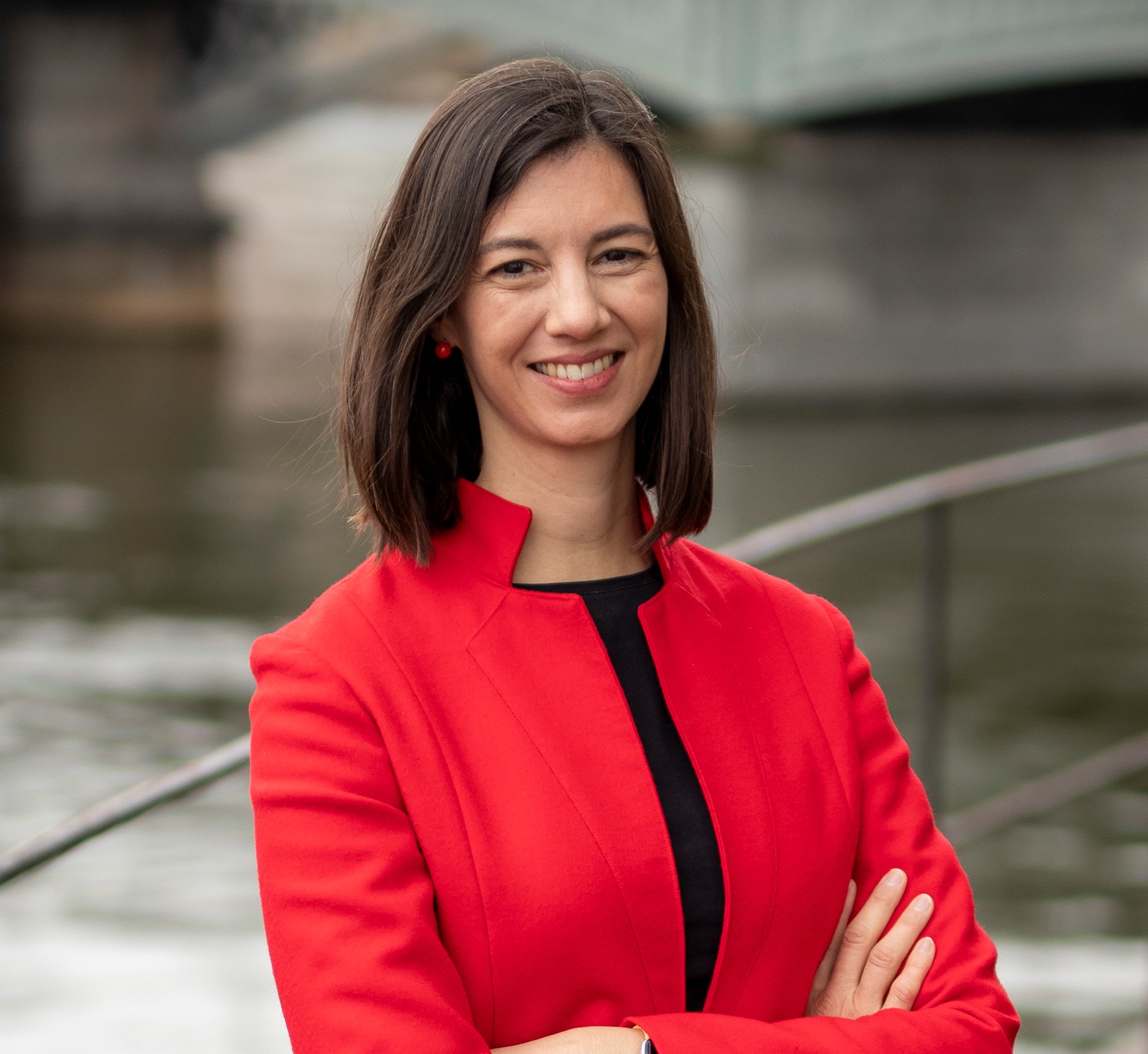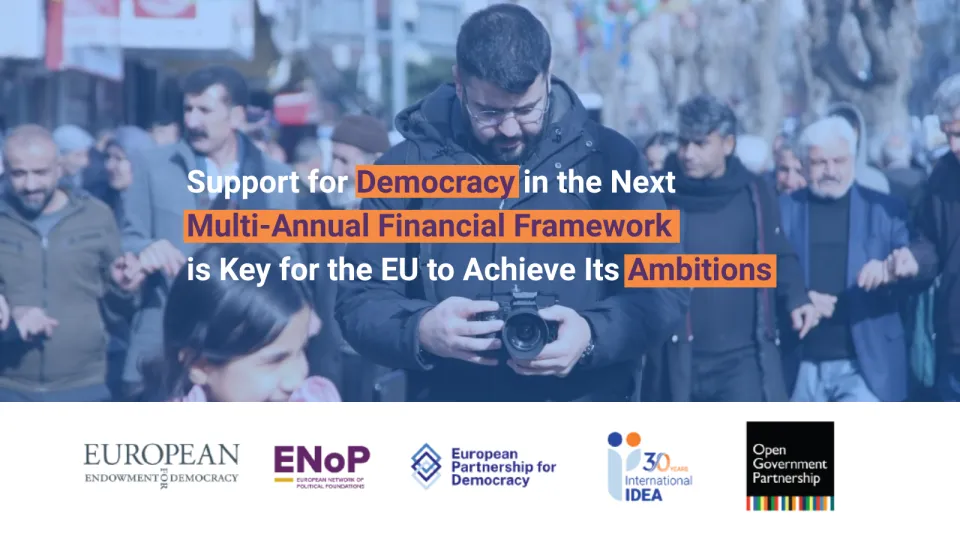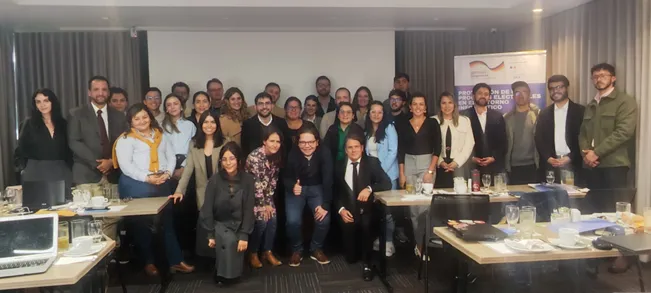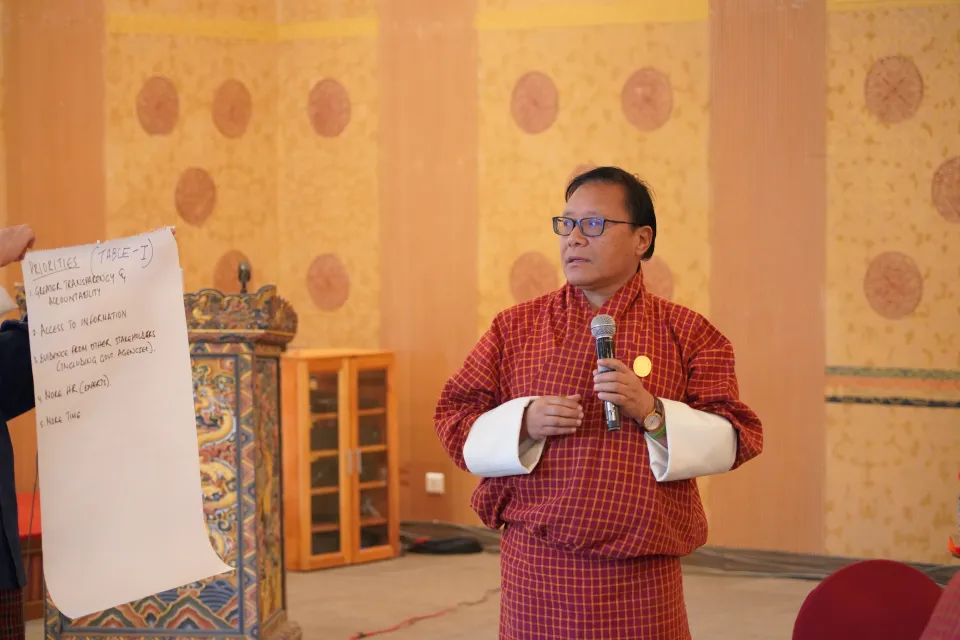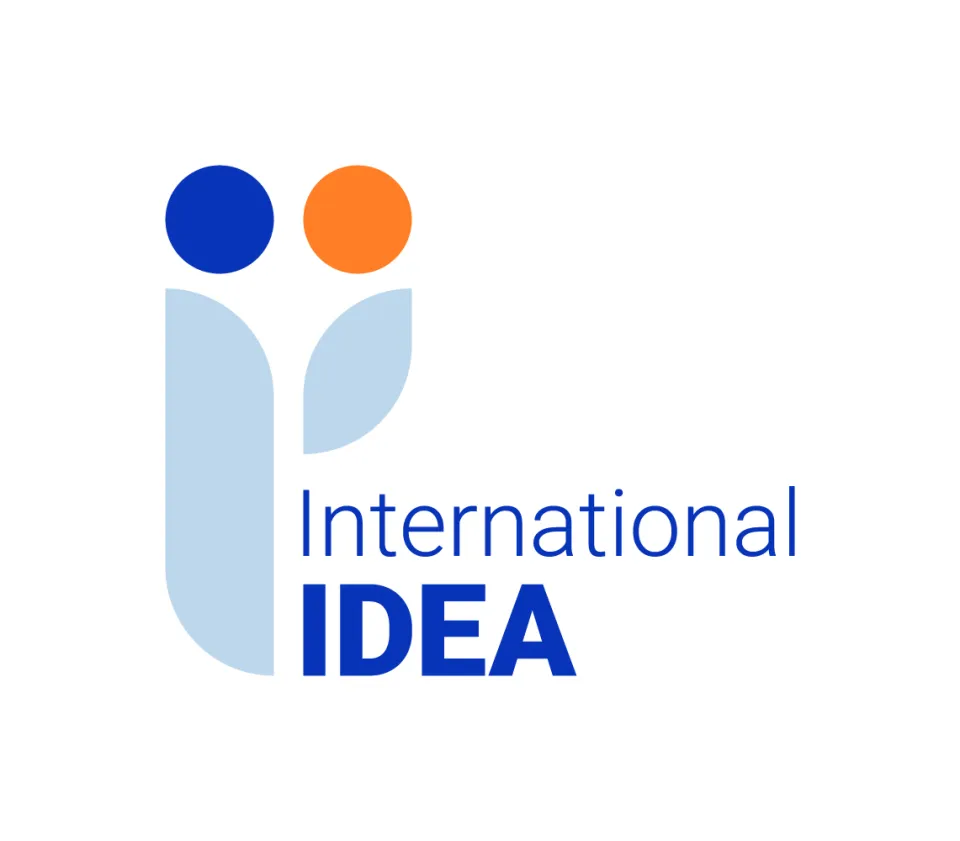Looking back at the Myanmar Constitution amendment process
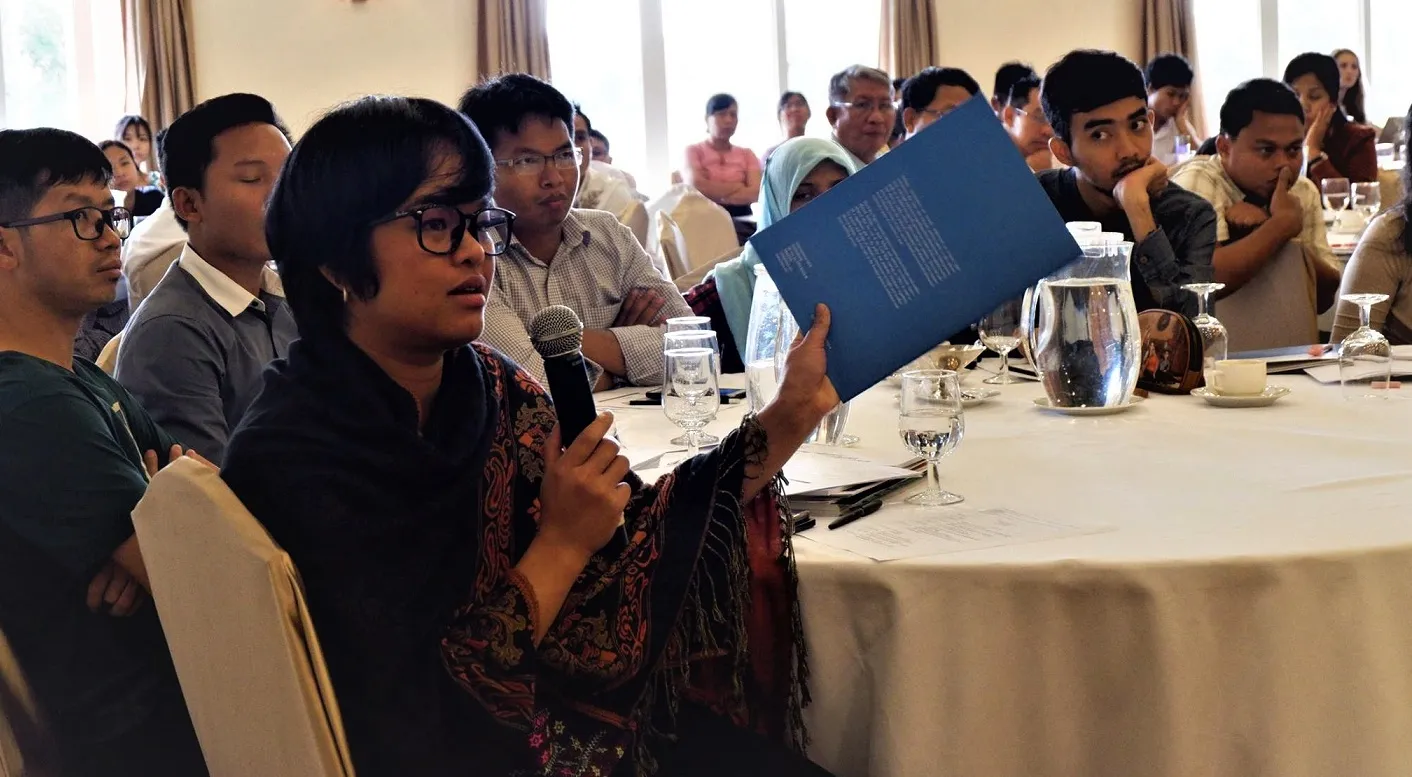
Myanmar’s 2008 Constitution is hard to amend. It includes a high parliamentary threshold: to pass any amendment proposal more than 75 per cent of parliamentarians need to approve, and also entrenches an effective veto power for the armed forces of Myanmar (the Tatmadaw). The Tatmadaw has the constitutional right to nominate at least 25 per cent of members of parliament from its own ranks, which they have never failed to do. Furthermore, to amend some parts of the constitution a referendum is necessary, and more than half of eligible voters need to vote in favour of proposed changes.
Yet Myanmar’s constitution has undergone two amendment processes to date. The first was initiated in 2013 by the then-governing Union Solidarity and Development Party (USDP). The second constituted an electoral promise and was initiated in February 2019, three years into the first administration led by Aung San Suu Kyi’s National League for Democracy (NDL). Neither yielded significant changes, but let’s look at the latest process.
On 29 January 2019, the Union Parliament established the 45-member Joint Parliamentary Committee for Constitutional Amendment (JPCCA), representing all parties in the Union Parliament, including armed forces. This committee was to draft a report by 17 July 2019 suggesting a set of specific constitutional amendments. The report, which was submitted to the Union Parliament on time, included more than 3000 amendment proposals.
Neither the USDP nor representatives from the armed forces presented any proposals within the committee. Both groups were critical of the process, ostensibly on procedural grounds. Instead, they presented five separate amendment proposals directly to the Union Parliament. The Union Parliament then established a second ad hoc parliamentary committee to deal with some of these proposals, but this committee ended up suggesting that these amendment bills should be considered by the JPCCA. This was approved by parliament on 4 September, at which point the second ad-hoc committee ceased to exist.
In the meantime, the JPCCA had requested inputs from six different sectors (the Union Government, the Supreme Court and other judicial organizations, state/region executives and parliaments, self-administered zones/divisions, ethnic affairs ministers, and legal experts). While allegedly only some of these sectors submitted proposals, it appears that the JPCCA did not approve any of them.
Indeed, the decision-making rules within the JPCCA were a cause for controversy. Between September and December 2019, five members of the JPCCA decided to withdraw from the committee—one from the National Unity Party, and two each from the Arakan National Party and the USDP—partly because they disagreed with the non-inclusive majority voting system. This system did not require consensus but allowed the NLD with the support of small parties to approve any given proposal. In fact only those amendments proposed by the NLD in July 2019 made it into the final amendment bills. Hence, only 114 out of more than 3,000 amendment proposals were endorsed within the committee.
These amendment proposals focused on Myanmar’s democratic consolidation—and the demilitarization of its state institutions—rather than on federalizing the country, a key demand of ethnic groups. After collecting the constitutionally mandated signatures on the draft amendment bills from more than 50 per cent of the members of parliament (article 435), the chair of the JPCCA was able to formally submit the bills to the Speaker of the Union Parliament on 27 January 2020. The JPCCA submitted two bills that responded to the two amendment procedures delineated in the constitution. The amendment procedure in article 436(a) requires for some sections in the constitution more than 75 per cent of approval in parliament, in addition to a favorable vote in a referendum, while article 436(b) requires only the approval of more than 75 per cent in the union parliament but no referendum. Upon submission of the bills, the JPCCA ceased to exist.
The Speaker of the Union Parliament then submitted the seven bills (two from the JPCCA, and five from the USDP and the armed forces) to the Joint Bills Committee for review, and the latter submitted its report on 5 February 2020, suggesting the use of secret voting within parliament. A fiery parliamentary debate then ensued from 25 February to 5 March 2020 on the substance of the amendments, followed by a voting process that ended on 20 March 2020, and yielded only three very minor amendments.
Even though some observers questioned the viability and value of initiating such an amendment process, it has allowed members of parliament to learn about constitutional design, and reflect on the need to negotiate with parties with different views on the need for constitutional amendment. Trade-offs and bargains need to be struck. International IDEA’s MyConstitution programme has in turn received repeated requests to continue organizing workshops, developing knowledge resources, and generally sharing comparative knowledge and increasing the capacity of negotiators big and small.
What now? Coronavirus-willing, elections will be held at the end of 2020, and constitutional amendments will again move to the back burner. Despite a general disappointment about the amendment process, expectations were low to begin with, and the impact on the elections will likely be minimal. A revived (though delayed) peace process may motiviate the parties to resume amendment negotiations, but the key to their success remains with the Myanmar armed forces.
